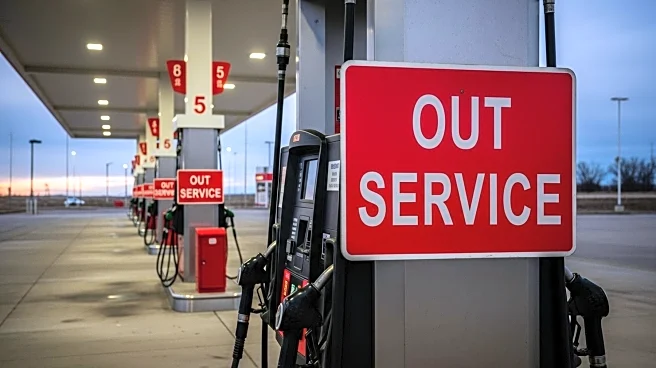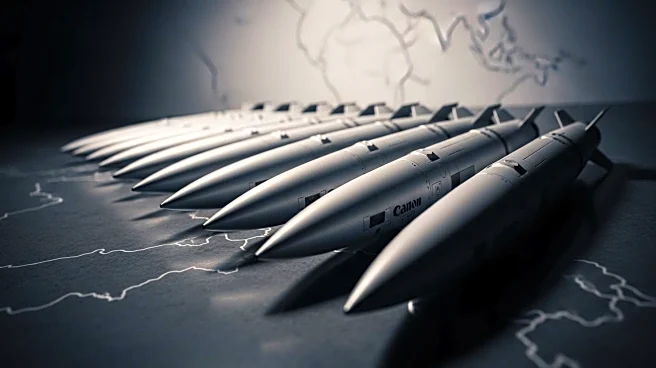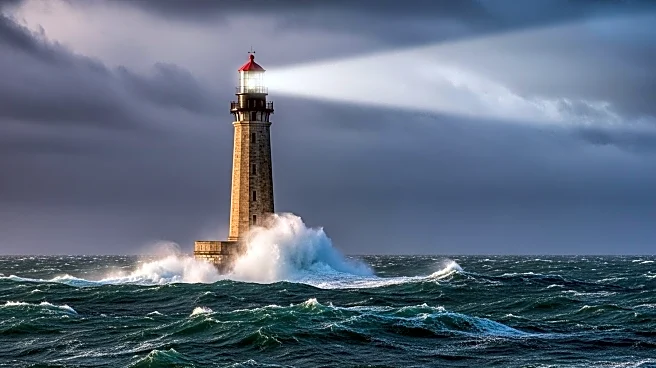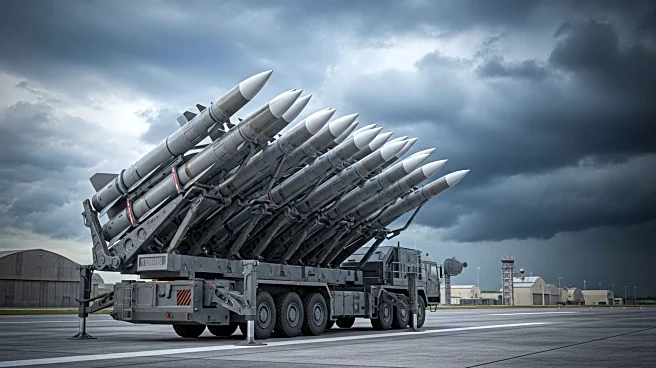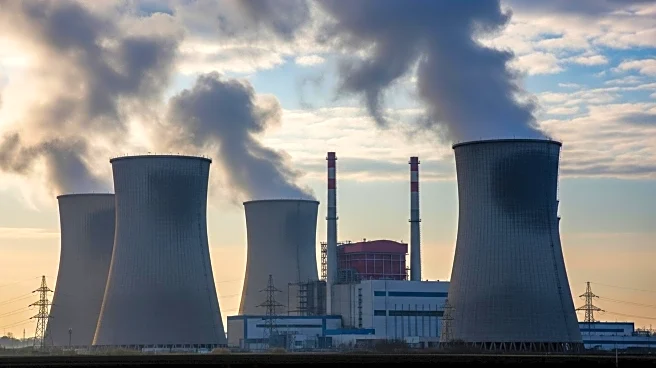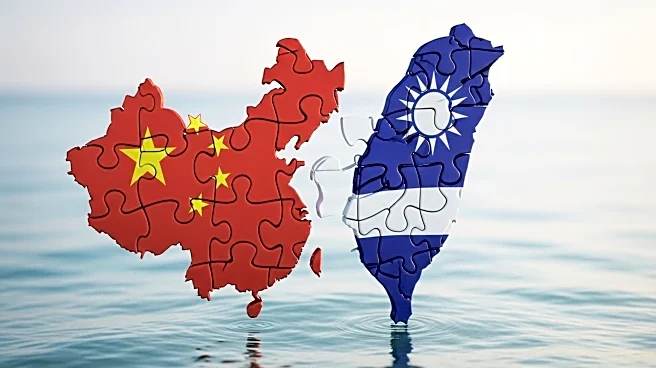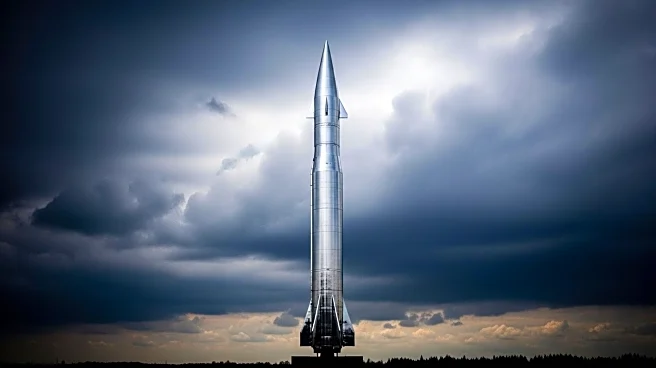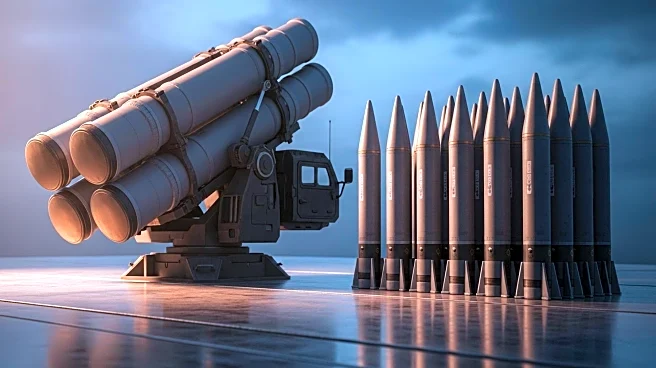What's Happening?
BBC Verify has confirmed that Ukraine's increased drone strikes on Russian oil facilities have led to fuel shortages in Russia, particularly affecting rural areas. According to Sergey Vakulenko, an energy expert from the Carnegie Russia Eurasia Center, these strikes have impacted independent fuel stations, which constitute two-thirds of all fuel stations but only handle 27% of sales. The shortages are reportedly more acute in less affluent rural areas, while major centers remain largely unaffected. The nationwide shortage is estimated to be around 3-5%, possibly even less.
Why It's Important?
The fuel shortages in Russia highlight the strategic impact of Ukraine's drone campaign on Russian infrastructure. By targeting oil facilities, Ukraine is affecting the daily lives of Russian citizens, particularly in rural areas where independent fuel stations are more prevalent. This development could strain Russia's domestic economy and increase pressure on the government to address the vulnerabilities in its energy supply chain. The situation underscores the broader geopolitical tensions between Ukraine and Russia, with potential implications for international energy markets.
What's Next?
As the fuel shortages continue, Russia may need to implement measures to stabilize its supply chain, possibly by increasing security at oil facilities or seeking alternative sources of fuel. The Russian government might also face increased scrutiny from its citizens, particularly those in affected rural areas. Internationally, the situation could lead to further diplomatic tensions, with potential responses from other countries monitoring the conflict between Ukraine and Russia.
Beyond the Headlines
The fuel shortages in Russia could have long-term implications for the country's energy policy and infrastructure security. The reliance on independent fuel stations in rural areas highlights a potential vulnerability that could be exploited in future conflicts. Additionally, the situation may prompt Russia to reassess its energy distribution strategies and invest in more resilient infrastructure to mitigate the impact of external threats.
